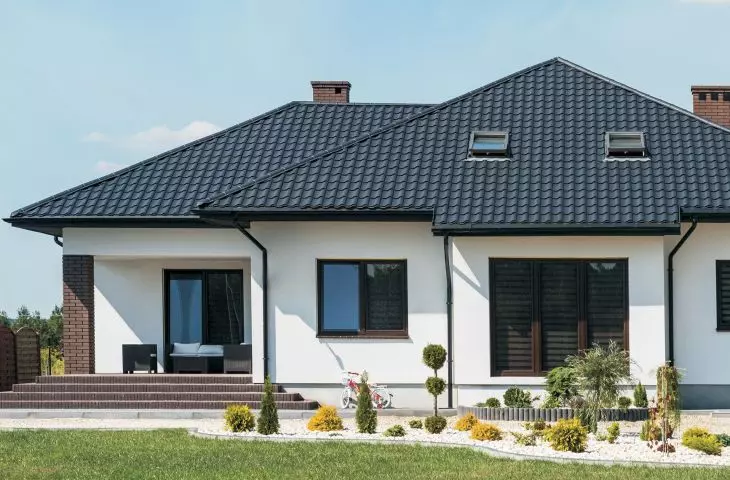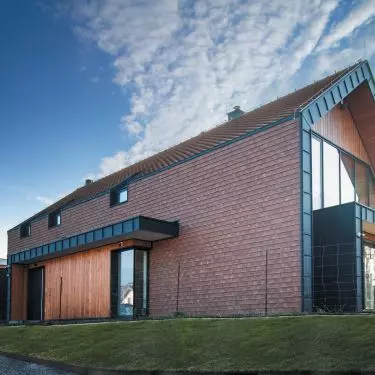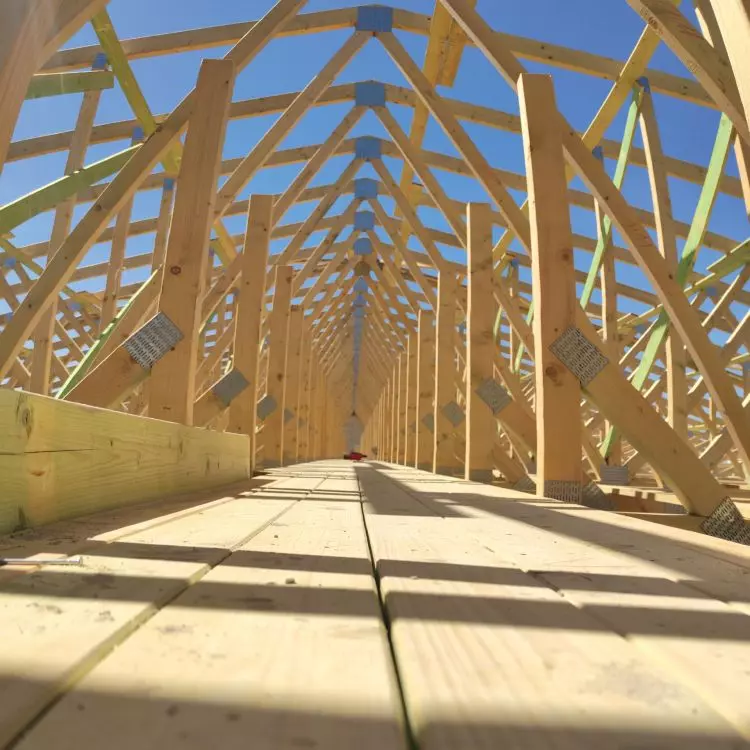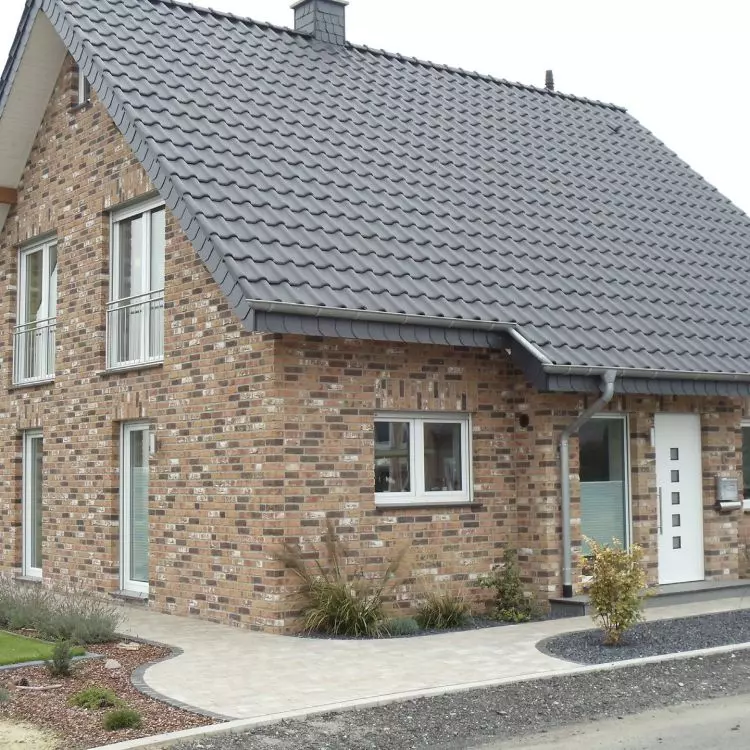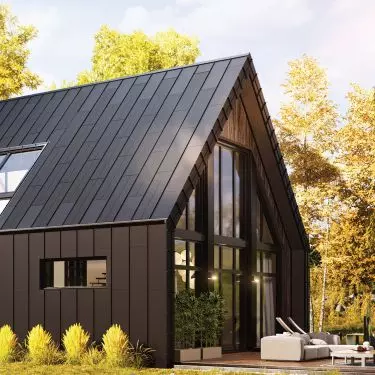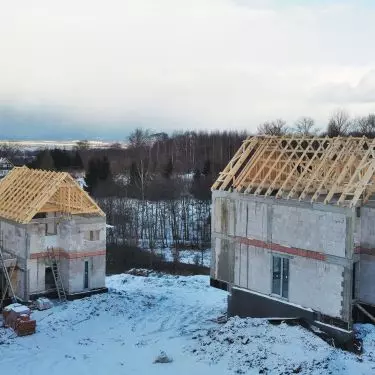Are you planning to build a new house or renovate your current one? Choosing the right roof is a key part of these processes. The roof not only serves a protective function, but is also important for the aesthetics and durability of the entire structure. Deciding on the type of roof can be complicated, taking into account many factors such as climate, budget, aesthetic preferences and long-term benefits. Here are some important points to consider when choosing a roof.
What company to choose a good roof and roof accessories from?
Choosing the right roof manufacturer is of great importance for the quality and durability of the roof. There are many reputable companies on the market that offer high-quality roofing products. One of them, for example, is SOLROOF, which is recognized by customers for its innovative solutions and solid workmanship. Among roofing manufacturers, consider the offer of companies such as HERITAGE ROOF TILES, RÖBEN, DACHYRUSTYKALNE.pl. You can buy roofing membranes, for example, from MDM NT, while trusses can be found at WIĄZAR , among others. Before making a decision, it is worth reading the opinions of other customers and consulting a professional, and the full list of manufacturers we recommend can be found in the search engine of the portal Home Products under the keyword "roof".
A roof consists of, among other things, roofing, insulation, insulation, roof trusses and trusses
© SOLROOF
What does a roof consist of?
A roof is made up of several basic components that work together to protect a building from the weather. Here are the main components of a roof:
Roofing
This is the outer layer of the roof that protects against rain, snow, wind and other weather conditions. Roofing can be made of a variety of materials, such as clay tiles, metal roofing tiles, asphalt shingles, corrugated panels, PVC membranes or other specialized roofing materials.
Insulation
Roof insulation is designed to provide thermal and acoustic protection for a building. It is a layer placed under the roofing, which helps retain heat in winter and protects against excessive heat in summer. Popular insulation materials include mineral wool, polyurethane foam, polystyrene foam or cellulose.
Insulation
Roof insulation can be used, especially in colder climates, to prevent heat loss through the roof. This can include additional layers of insulation or materials such as reflective films that reflect heat back into the building.
Drainage system
The roof must be properly designed to effectively drain rainwater. Components such as gutters, downpipes and other drainage systems are used to collect and direct water from the roof in a controlled manner to prevent flooding of the building.
Prefabricated roof trusses are one of the solutions available on the market
© WIĄZAR
Roof truss
A roof truss is a structure that forms the skeleton of the roof and provides it with the necessary strength and stability. It consists of wooden or metal elements that are connected to each other in such a way as to create a solid supporting structure for the roofing.The basic elements of the roof truss are rafters and trusses. Rafters are horizontal beams that run along the slope of the roof. They support the roofing and transfer loads to the exterior walls or other supporting elements. Trusses are diagonal beams that connect rafters to load-bearing beams or walls. Trusses further strengthen the structure and provide stability to the roof.
Additional roof truss elements may include columns, purlins, ribs and other reinforcing elements. Depending on the type and shape of the roof, the truss can have different configurations and arrangements of elements.The roof truss is an essential element of any roof, as it provides rigidity and load-bearing capacity. A well-designed and constructed roof truss allows the proper distribution of loads, prevents deformation and ensures the durability of the entire roof structure.
Trusses
Trusses are diagonal beams or frames used in roof trusses to support rafters and transfer loads to other structural elements, such as beams or load-bearing walls. They are triangular or quadrilateral in shape and are designed to provide strength and stability to the entire roof structure. Trusses are usually made of wood or metal. They can be of different designs depending on the type and shape of the roof and structural requirements. In a traditional roof truss, the diagonal beams of the trusses are connected at the ends by fasteners such as claws, nails, screws or bolts. These connections ensure the rigidity and durability of the roof truss.
Trusses are crucial to the roof structure, as they are responsible for transferring loads to the appropriate support points, ensuring the stability and load-bearing capacity of the entire structure. Their shape and placement are designed to effectively distribute loads, ensure even distribution of forces and minimize stresses on rafters and other roof elements. Trusses are one of the key components of a roof truss and are designed to withstand loads from wind, snow, and the roofing material's own weight. Their sturdy construction and proper workmanship are essential for a safe and durable roof.
Trusses are diagonal beams or frames used in roof trusses to support the rafters and transfer loads to other structural elements
© Mistral
Roof membranes
Roof membranes are special materials used to cover roofs to provide protection from moisture, rain and other weather conditions. They are designed to be waterproof and at the same time flexible to accommodate roof movements and temperature changes.
Roofing membranes are usually made of flexible materials such as plastics (e.g., polyester, polyethylene, PVC) or synthetic rubbers (e.g., EPDM). They have UV and other weather resistant properties, making them durable and long-lasting solutions for roofs.
What are the types of roofs?
Pitched roof
The most common type. A gable roof consists of two slopes that slope downward from the ridge of the roof to the longer edges. This is a classic solution that drains rainwater well.
Multi-slope roof
This type of roof consists of multiple slopes that meet at a central point. It gives the roof a more complex appearance and can be used on buildings with irregular shapes.
Mansard roof
It is characterized by two steep pitched slopes and two shallower horizontal slopes. This allows greater use of space under the roof, making it popular for residential attics.
Pulpit roof
This is a simple and one-sided sloping roof that forms a vertical wall on one side of the building. It is often used in modernist and minimalist structures.
Flat roof
This type of roof is completely flat or has a very low pitch. Flat roofs are popular in modern and commercial construction. They can be covered with roofing membranes or other materials that provide waterproofing and drainage.
Tent roof
This type of roof is shaped like a tent and consists of four equal slopes sloping inward to form a gable on top of the building. It is often used for pavilions, gazebos and small recreational buildings.
Envelope roof
This is a type of roof in which all four slopes slope inward, forming a quadrangular shape. The envelope roof is strong and stable, and is often used in public and residential buildings.
Ceramic roof tiles are made of clay or other ceramic materials
© RÖBEN
What are the types of roofing materials?
Ceramic tiles
This is a traditional and aesthetically appealing roofing material that is durable and long-lasting. Ceramic tiles are made of clay or other ceramic materials and are available in a variety of shapes and colors.
Tile
Tile is a type of roofing made of steel or aluminum that mimics the look of traditional roof tiles. It is lightweight, durable and easy to install.
Trapezoidal sheet
This is a popular roofing material for industrial and commercial buildings. Trapezoidal sheet is made of durable steel or aluminum, has a simple and functional appearance, and provides excellent protection from water.
Asphalt shingles
This is a popular roofing material that consists of thin slabs or shreds of asphalt that are attached to the roof. Asphalt shingles are durable, flexible and available in a variety of colors and patterns.
Ceramic tile, sheet metal, trapezoidal sheet and asphalt shingles are all materials that can act as roofing materials
© RUSTIC ROOFS
***
Choosing the right roof is crucial, as it has a primary protective function, providing the building with protection from rain, snow, wind, sun and other weather conditions. A solid and well-constructed roof prevents leaks inside the building, which can lead to structural damage, interior flooding and loss of property value.A properly selected roof with high-quality materials and solid construction will have a long life. Choosing a roof of good quality and proper weather resistance will avoid frequent repairs and replacements, which in turn saves time and money in the future.So it is worth taking the time and attention to choose the right roof to ensure that it meets expectations in terms of functionality, durability, appearance and energy efficiency. A well-made roof will provide solid protection for the entire property, contributing to its value and the comfort of its residents.
We encourage you to take advantage of the database of reputable and reliable Roofing and Roofing Accessories Manufacturers we are building on the Home Products portal, as well as the articles we publish on modern roofs and roofing accessories available on the market, adapted to changing trends and legal requirements.



